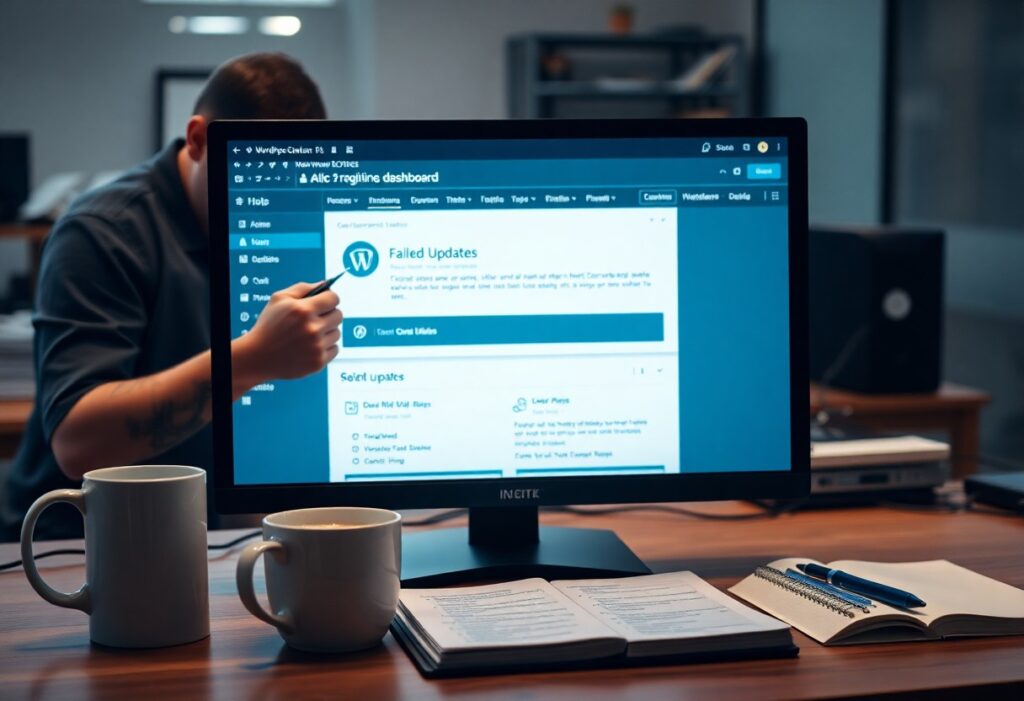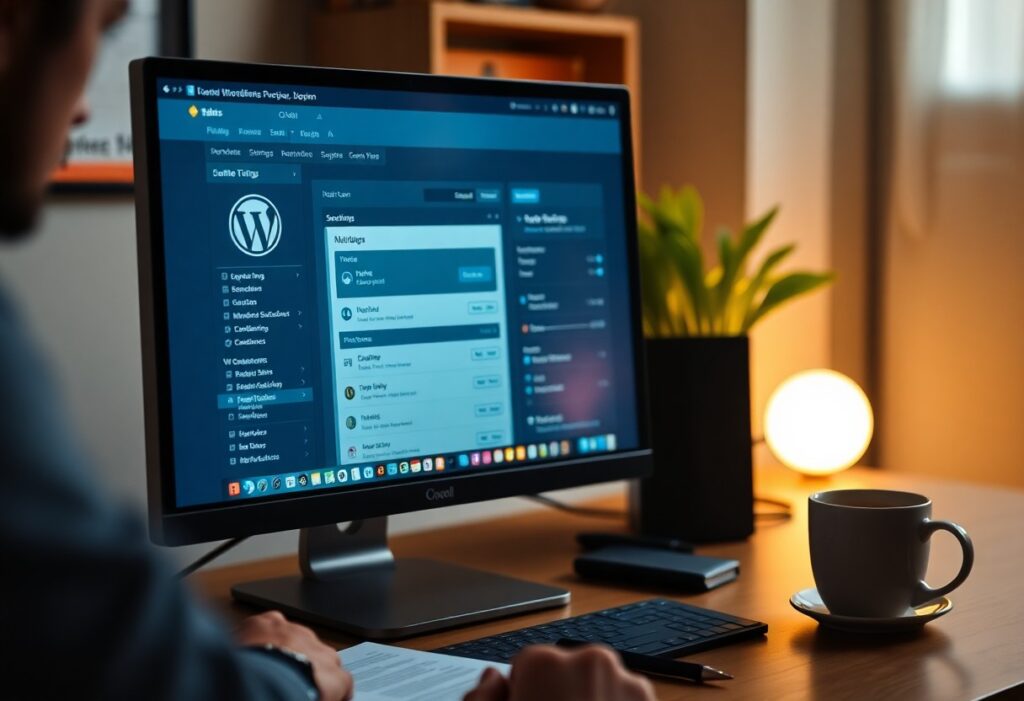There’s a growing demand for fast-loading websites, and your WordPress site is not exempt from this expectation. If your website takes too long to load, users may leave and never return. Here are some effective tips to help you enhance your website’s loading speed, ensuring a better user experience.
First, consider optimizing your images. Large images can significantly slow down your site. You can use tools like ImageOptim or TinyPNG to compress images without losing quality. Additionally, make sure to use the appropriate file formats: JPEG for photos and PNG for graphics. Furthermore, implement lazy loading for your images, which ensures that images only load as users scroll down the page, reducing initial load time.
Next, you should choose a reliable hosting provider. The quality of your hosting can impact your website’s speed. A good host ensures that servers are optimized for WordPress and provides services like caching, which can dramatically improve loading times. Research and select a hosting service that fits your needs and offers excellent performance.
Another effective way to boost speed is to install a caching plugin. Caching plugins store static versions of your website, which reduces loading times significantly. Popular options include W3 Total Cache and WP Super Cache. Simply install the plugin, configure it according to the documentation, and observe how it enhances your website speed.
You should also minimize the use of external scripts that could slow your site down. Too many JavaScript files, fonts, CSS libraries, and other external resources can increase loading time. Audit your site, identify the scripts that are necessary, and eliminate any that you do not use. Consolidating files can also help; for example, combine multiple CSS or JavaScript files into a single file.
Managing your plugins is important; while plugins add functionality, having too many can hinder speed. Regularly evaluate the plugins you have installed, deactivate any you don’t need, and remove unnecessary ones. Opt for well-coded and frequently updated plugins to ensure compatibility and performance.
Moreover, use a content delivery network (CDN) to distribute your website’s resources across multiple servers worldwide. CDNs reduce latency, allowing your website to load faster regardless of your visitors’ geographical locations. Some popular CDN services include Cloudflare and MaxCDN. Setting up a CDN is typically straightforward—just follow the provider’s guidelines.
Lastly, keep your WordPress core, themes, and plugins up to date. Updates often include performance improvements and optimizations. Regularly check your WordPress dashboard for updates, or enable automatic updates if you prefer.
By implementing these tips, you will see a dramatic improvement in your WordPress website speed. A faster website enhances user experience, boosts SEO rankings, and ultimately increases conversion rates. Start making these changes today to enjoy a significantly improved website performance.




